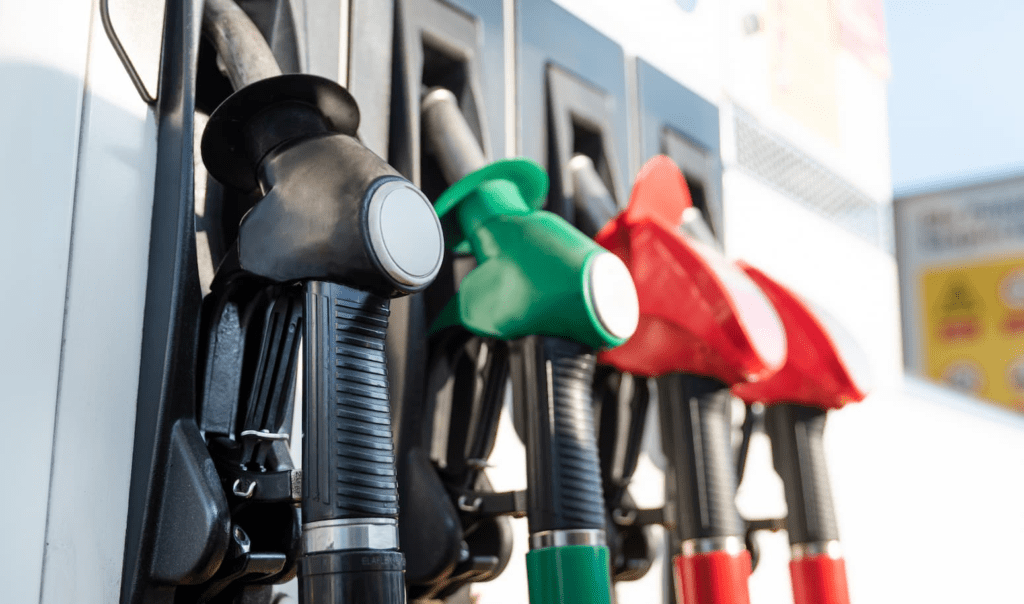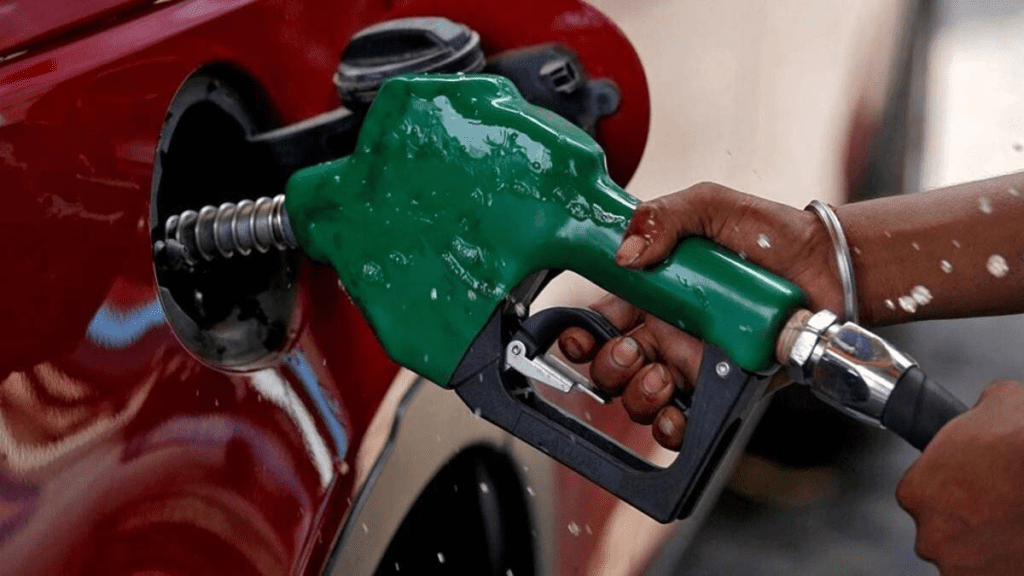Rs 2 per liter excise duty on Petrol & Diesel increased by Modi Government

The Central Government of India recently introduced an increase in excise duty on petrol and diesel by Rs 2 per liter each. This adjustment, announced through a notification from the Ministry of Finance, took effect immediately and has sparked curiosity about what it means for consumers, businesses, and the economy.
Understanding the Basics: What Is Excise Duty?
Before we get into the specifics, let’s clarify what excise duty is. It’s a tax levied by the central government on goods produced within India, such as petroleum products. Unlike the value-added tax (VAT), which varies by state and is set by state governments, excise duty is uniform across the nation. Petrol and diesel, being essential fuels, are significant contributors to this tax category. The revenue generated from excise duty often goes toward funding national priorities like roads, healthcare, and education.
With this latest update, the excise duty on petrol has risen by Rs 2 per liter, and the same applies to diesel. This means that the base cost of producing or refining these fuels before they reach the pump has gone up slightly. But how does that translate to what you pay when you fill up? Let’s unpack that step by step.
Why Did the Government Make This Change?
The government hasn’t released an official statement pinpointing the exact reasons for this hike, but there are some logical explanations based on past patterns. India’s economy relies on a mix of revenue sources to keep things running smoothly, and taxes on petroleum products have long been a steady contributor. In the fiscal year 2023-24, for instance, taxes from petrol and diesel brought in over Rs 3 lakh crore to the central government’s coffers. That’s a substantial amount, used to fund everything from new highways to rural development schemes.
READ ALSO: Nationwide ‘Hands Off!’ Protests Target Trump and Musk
One possible factor behind the timing of this increase is the global crude oil market. Crude oil prices—the raw material for petrol and diesel—fluctuate based on international supply and demand. When prices are relatively stable or lower, the government sometimes adjusts duties to boost revenue without causing a sharp jump in retail prices. This approach allows for a balance between generating funds and keeping fuel affordable. While we can’t say for sure this is the sole reason, it’s a pattern seen in previous years.

Another angle is the government’s ongoing need to manage its budget. With big-ticket projects like expanding the railway network, building smart cities, and supporting welfare programs, every rupee counts. Raising excise duty on fuels, which are widely used, is a practical way to gather resources without introducing entirely new taxes.
How Does This Affect Fuel Prices?
Now, the big question: Will you see an immediate Rs 2 increase when you pull up to the pump? It’s not quite that simple. Retail fuel prices—what you pay—are set by oil marketing companies (OMCs) like Indian Oil, Bharat Petroleum, and Hindustan Petroleum. These companies factor in several elements: the cost of crude oil, the exchange rate of the rupee against the dollar, taxes (including excise duty and VAT), and their operational margins.
Let’s use some rough numbers for context. Before this hike, petrol in Delhi might have been around Rs 95 per liter, while diesel was closer to Rs 85. With the Rs 2 increase in excise duty, prices could rise to Rs 97 for petrol and Rs 87 for diesel, assuming everything else stays constant. However, OMCs sometimes tweak their margins or account for other costs, so the final change might be slightly less or more. In cities like Mumbai or Chennai, where state VAT rates are higher, the pump price could climb closer to Rs 105 for petrol and Rs 95 for diesel.
The good news? Fuel prices are dynamic. If crude oil prices drop or the rupee strengthens, OMCs might offset some of the duty hike’s impact. For now, though, most consumers can expect a modest uptick in their fuel bills.
Who Will Feel This Change?
This Rs 2 increase will touch different groups in different ways. Here’s a closer look at who might notice it most:

- Everyday Commuters: If you drive a car, ride a two-wheeler, or rely on an auto-rickshaw, your fuel costs will go up slightly. For someone filling a 10-liter bike tank weekly, that’s an extra Rs 20 per month. It’s not a huge jump, but it’s worth noting for those on tight budgets.
- Transport and Logistics: Diesel powers India’s vast network of trucks and delivery vehicles. A Rs 2 hike could nudge up transportation costs, which might affect the price of goods like groceries, clothing, or electronics. Businesses may absorb some of this or pass it along to customers, depending on their margins.
- Rural Communities: Farmers often depend on diesel for tractors, water pumps, and generators, especially in areas with limited electricity. This increase could add a small but noticeable expense during planting or harvesting seasons.
- The Bigger Picture: Fuel prices influence the cost of moving goods and people, so economists watch these changes closely. A slight rise in transportation costs could, over time, affect the price of everyday items, though the impact is usually gradual.
What Can You Do About It?
For most people, this hike won’t drastically change daily life, but there are ways to adapt if you’re looking to save a little. Carpooling with colleagues or friends can cut your fuel use. If you’re in a city with decent public transport—like metros or buses—it might be worth giving that a try for some trips. For longer-term planning, keeping an eye on fuel-efficient vehicles or even electric options (where feasible) could make sense, especially as technology improves and charging infrastructure grows.
Businesses, meanwhile, might look at optimizing delivery routes or consolidating shipments to keep costs in check. Farmers could explore government subsidies or programs that help offset fuel expenses, though these vary by region.
A Broader Perspective
This isn’t the first time excise duty on fuel has gone up, nor will it be the last. Over the years, adjustments like this have been part of how India balances its economic needs. The extra revenue from this Rs 2 hike will likely go toward projects that benefit the public—think better roads, upgraded hospitals, or expanded digital connectivity. It’s a trade-off: a small increase at the pump today for potential gains down the road.

Fuel prices are also a global story. India imports most of its crude oil, so what happens in places like the Middle East or the U.S. affects us here. The government’s role is to navigate those ups and downs while keeping the economy moving. This hike is one piece of that puzzle.
Wrapping Up
The Rs 2 increase in excise duty on petrol and diesel is a small but significant update. It’s a reminder of how interconnected fuel, taxes, and daily life are. Whether you’re a student biking to college, a truck driver hauling goods, or a parent budgeting for the month, this change might show up in subtle ways. On the flip side, it’s part of a system that keeps the country running.



